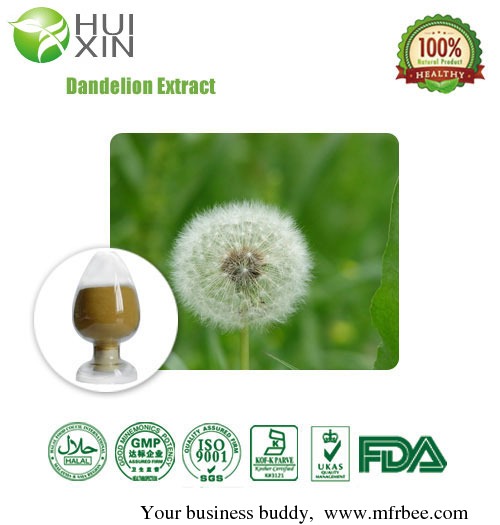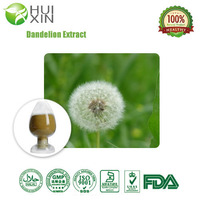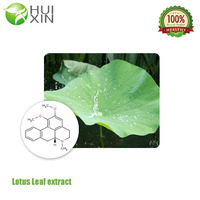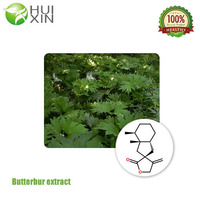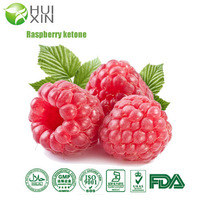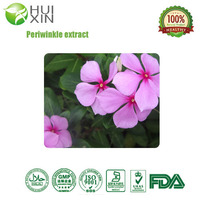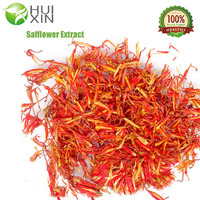Extrac
Product Description
The word "dandelion" derives from the French "dent de lion," meaning lion's tooth. The jagged edges of the plant's shiny, smooth leaves account for its fierce-sounding name. In Europe the medicinal properties of this perennial (Taraxacum officinale) are so prized that it is grown commercially, but in North America dandelion is often dismissed as a bothersome weed. It wasn't always so, however. Wise minds at England's Hudson Bay Company, which was founded in 1670, made sure that employees in their Canadian outposts received shipments of vitamin- and mineral-rich dandelion roots to supplement an excessively meat-laden diet. Ordinary English settlers, too, planted dandelion in their window boxes and herb gardens.
For centuries, dandelion root has been regarded as an effective, gentle laxative. The roots and leaves are most often used to treat liver conditions such as jaundice and hepatitis, and to encourage normal digestion. The yellow flower also contains beneficial compounds. In fact, all parts of the plant have high concentrations of vitamin A, as well as choline, a B vitamin that stimulates the liver. Dandelion is even being explored as a treatment for cancer and other conditions.
Benefits
1. Help balance electrolytes in the blood, uric acid levels and cholesterol levels for some people; 2. May have anti-inflammatory effects and assist with urinary tract infections in women; 3. External use of dandelion extract can treat skin problems such as psoriasis and acne
Application
1).Pharmaceutical as capsules or pills; 2). Functional food as capsules or pills; 3). Water-soluble beverages; 4). Health products as capsules or pills.
Net Weight
25kgs/drum
Packing Detail
Packed in 40cm*50cm paper-drums and two plastic-bags inside.
Shelf Life
Two years under well Storage situation and stored away from direct sun light.
Storage Situation
Stored in a well-closed container away from moisture and strong light or heat.
Dandelion,Extract,242.27, 

